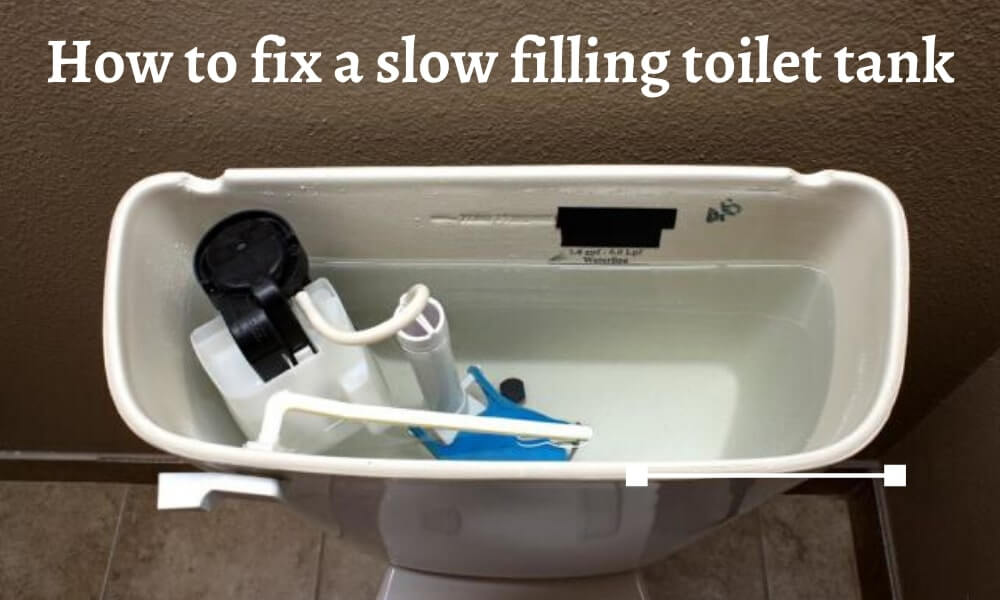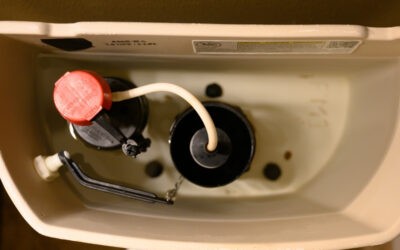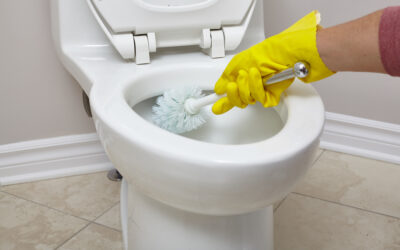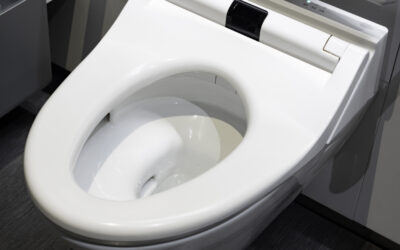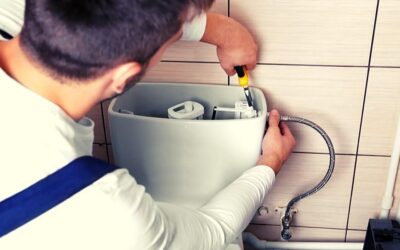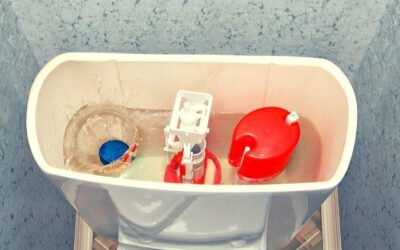Experiencing a slow-filling tank is a common problem. This problem is mostly caused by the slowing down of the valve or when there is an inability to fill the tank after you have flushed your toilet. Normally, with the right water pressure, the tank refills in about three minutes. If the filling takes a much longer time, you should check the valve for debris or dilapidation. The build up in the valve can hinder the path of the water into the tank.
Therefore, one needs to clean the pump and valve. If the valve is in good working condition, you might be left wondering how to fix a slow filling toilet tank. You can check the pressure of the water flow. If the pressure is low, then there may be an issue with the waterline, which may require a professional, licenced plumber to fix.
If the problem recurs, then you may have to replace the older valve with a new one toilet fill valve. In this article, we highlight some of the reasons why you may have trouble filling your toilet water tank.
1. Unadjusted float ball
A badly positioned float ball is the most common cause of slow-filling water tanks. Since the float ball sits above the water, it helps stop the inflow of water by blocking the entry of water as the stream of water moves the float arm. When the float ball is too low, it prevents the inflow of enough water into the toilet tank.
Therefore, if you have this problem, you need to bend the float arm upward to raise the ball slightly. Alternatively, you can replace a float ball system with a universal component, such as a vertical stack.
Bottom line
Ensure that your float ball is well adjusted to having a maximum flow of water into your toilet tank. If this method does not solve your problem with the slow filling toilet water tank, then you can replace the old float ball completely. You can also ask for a plumber’s services.
2. Unadjusted fill valve
If your toilet water tank still fails to fill properly even after you have adjusted the float ball, then you need to check on the fill valves. The toilet fill valves control the water flow in the supply line when refilling the toilet tank between flushes.
When adjusting the fill valve, you should first start by locating the fill valve in the tank by removing the cap lid of the toilet. The valve is mostly on the left side of the water tank.
Using the adjustment screw, place a screwdriver and turn the screw clockwise, raising the fill valve to allow more water to fill in. You can also lower the fill valve if the tank needs less water. After the adjustment, flush your toilet to see if the water is filling in properly.
Bottom line
Adjusting a fill valve is not a heavy task since one can do the fixing by himself, without having to contact a plumber. A well-fitting fill valve creates a simple and easy water flow, and thus, ensures a continuous flow of water in the tank.
3. Bad trip assembly
A trip is a section of a flush handle that joins to the tank. Assembling the trip can be poorly done and cause a blockage. Moreover, a poorly fit trip can cause incomplete flushing cycles. When fixing this problem, you need to open the lid and carefully inspect the trip assembly. In case you notice that the trip assembly is bent, damaged, or broken, you will need to replace it to fix the problem.
Bottom line
A bad trip assembly can make your flushing difficult or make you use a lot of energy and time trying to fill the incomplete flush cycle. To keep this problem from recurring, regularly check on the assembly to avert more damage to other components of the toilet.
4. Low water pressure
If your water tank is not filling properly, you first need to check the pressure of water flow. This step may help you determine how to fix a slow filling toilet water tank. Lack of enough pressure could be one of the reasons behind the slow fill in your water tank. The issue can also come from a leaking pipe or an old rusted pipe that impedes water flow.
The problem can also emanate from old pipes, which create irregularities or other complications to other plumbing fixtures, not from the toilet itself.
Bottom line
You can fix this problem by replacing your old pipes with new ones. You can also frequently wash your pipes by pouring hot water on them, to clean away dust, rust and other particles that stick between the pipes.
Final Verdict:
It is always advisable to avoid over tightening the components of the toilet water tank since they are brittle. A toilet does not just slow down by itself when filling the toilet tank.
Usually, there is either a minor or a major underlying problem in the plumbing system. A well-maintained toilet is more appealing and promotes good health elements. Clean toilets keep people free from contamination with germs, infestation with bacteria, and an outbreak of other infection-related diseases.
After every repair has been done, you should flush your toilet to see how the new installations work.With some of the causes of a slow filling toilet tank we have highlighted in this article, you will no longer be stressed, wondering how to fix a slow filling toilet water tank.
Instead, you will be better placed to fix the slow filling toilet tank because you will be acting from the point of knowledge. The same experience will help you exercise discretionary measures, such as determining when to procure the services of a plumber or act alone. Even as you mull throughout action to take, always remember that it is commendable to seek the services of a professional plumber when dealing with more serious plumbing issues, or when the problem persists.

